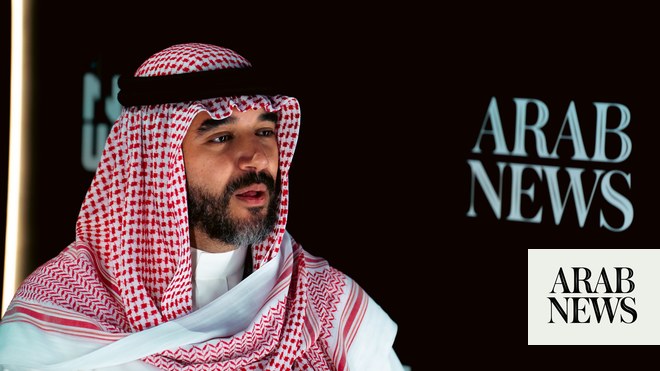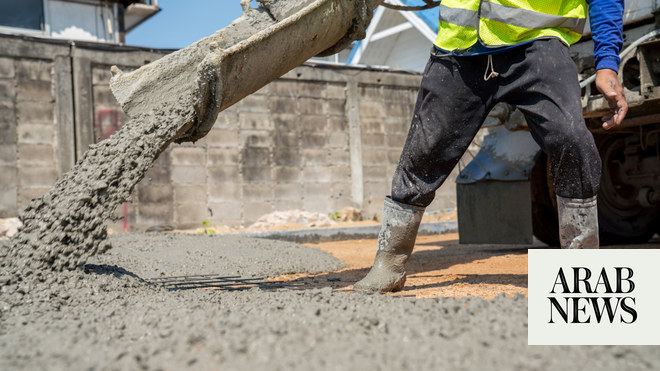
Saudi Arabia is on its way to becoming a meaningful influence on global commodity prices. It doesn’t produce a broad array of raw materials like the US or China, and it’s not a consumer on the scale of its neighbor, the United Arab Emirates. Yet the economic and political developments in the kingdom have bullish ramifications for the commodity sector and for trade flow.
Here’s why:
The need to bolster the economy: Saudi Arabia’s economy is driven almost entirely by petroleum, which accounts for almost 90 percent of revenue. Still, crude remains at almost half its mid-2014 price, leaving the kingdom desperate to fire up its economy to buttress plummeting gross domestic product. And it is on the road to doing so.
In May, the managing director of Saudi Arabia’s Public Investment Fund, Yasir Alrumayyan, committed $20 billion to an infrastructure investment fund with Blackstone Group LP, with plans to invest about $45 billion in a SoftBank technology fund. That follows a $3.5 billion investment in Uber Technologies Inc. in June 2016. The government tapped global bond markets three times in less than a year, borrowing billions to balance its books.
On Oct. 24, Crown Prince Mohammed bin Salman announced a plan to build a $500 billion metropolis called Neom that would straddle the Egyptian and Jordanian borders and span more than 10,231 square miles along the Red Sea. The new city’s services and processes will be 100 percent automated and powered entirely by regenerative energy. The kingdom plans to transfer ownership of Saudi Aramco, the state-owned oil company, to the Public Investment Fund, known as PIF, which would become the world’s biggest sovereign fund, at $2 trillion.
The nation’s 2016 import purchases of iron and steel and manufactured goods equaled 5.7 percent ($7.4 billion) of the total, though that number, along with consumption of energy and other raw materials, will undoubtedly soar when the megaprojects get underway. Saudi Arabia is the largest oil consumer in the Middle East (3.9 million barrels per day in 2016), and that figure has grown an average of 7 percent a year between 2006 and 2016. Having promised to return to “a more moderate Islam,” Prince Mohammed has lifted a ban on women driving. That should bring more women into the workforce and heighten demand for oil. Additionally, imports of gold, imitation jewelry, imported gems and precious metals grew 247.6 percent over the five-year period beginning in 2009.
The controlling force behind OPEC: In 2016, Saudi Arabia was the largest exporter of total petroleum liquids (crude oil and petroleum products) according to the Energy Information Administration. Furthermore, the country contains the world’s second-largest proven oil reserves (with a share of 16 percent), second to Venezuela. That gives the kingdom the strongest voice among Organization of Petroleum Exporting Countries. It is determined to end the world’s oil glut through a cartel-led deal to cut output and has raised the prospect of prolonged restraint to prevent excess supplies. Energy Minister Khalid Al-Falih has said the focus remained on reducing the level of oil stocks in the OECD to a five-year average. OPEC countries, together with Russia and nine other producers, have cut oil output by about 1.8 million barrels per day since January. The pact runs until March 2018, but they are considering extending it an additional nine months.
Shaky Russian oil: Russia’s reliance on oil diplomacy is on increasingly shaky grounds, as it lends money and negotiates deals in turbulent economies. Russia is in talks with Venezuela, while that country’s president, Nicolas Maduro, needs to come up with $1 billion to avert a debt default or government collapse. Economic sanctions on Russia have forced the state oil giant, Rosneft, to seek deals in Cuba, Egypt and Vietnam. It’s also reaching oil and gas agreements in Iraq’s Kurdish territory and is angling to gain control of Iranian oil fields.
It’s not just about oil: The Saudi government has made a string of bold announcements about plans to diversify its economy away from oil. In August, it began a tourism project consisting of 100 miles of sandy coastline and a 50-island lagoon, which received an investment from the billionaire Richard Branson. The sovereign fund targets 8 percent to 9 percent growth by 2025 to 2030, from 3 percent now. PIF has also put $500 million in an energy-efficiency company and has financed a $2.4 billion stake in a Riyadh-based dairy farm and food processor. As the hottest place on Earth, the nation cannot rely on imported foods and is seeking to engineer renewable-powered greenhouses to feed its people and neighboring nations likely to bolster commodity trade-flow. According to the United Nations’ COMTRADE database, Saudi Arabia exported a number of other goods beyond petroleum such as metals, fertilizers and paper.
Saudi Arabia 2016 Exports by Category
Mineral fuels, oils, distillation products, $163.50 billion
Plastics, $14.43 billion
Organic chemicals, $7.61 billion
Ships, boats, and other floating structures, $2.37 billion
Aluminum, $1.90 billion
Machinery, nuclear reactors, boilers, $1.56 billion
Rubbers, $1.27 billion
Vehicles other than railway, tramway, $1.10 billion
Electrical, electronic equipment, $1.06 billion
Pearls, precious stones, metals, coins, $1.03 billion
Fertilizers, $882.8 million
Inorganic chemicals, precious metal compound, isotope, $854.74 million
Articles of iron or steel, $769.75 million
Paper and paperboard, articles of pulp, paper and board, $641.72 million
Pharmaceutical products, $639.10 million
Vegetable, fruit, nut food preparations, $578.69 million
Soaps, lubricants, waxes, candles, modeling pastes, $541.11 million
Miscellaneous chemical products, $504.70 million
Aircraft, spacecraft, $496.26 million
Cereal, flour, starch, milk preparations and products, $476.45 million
Copper, $406 million
Iron and steel, $344.29 million
Corruption purge: King Salman and his son, Prince Mohammed have ordered the arrest and detention of a number of officials. They also have seized $800 billion in assets. These actions are a step toward cleaning up what has seemingly been a long history of graft.(Bloomberg)












